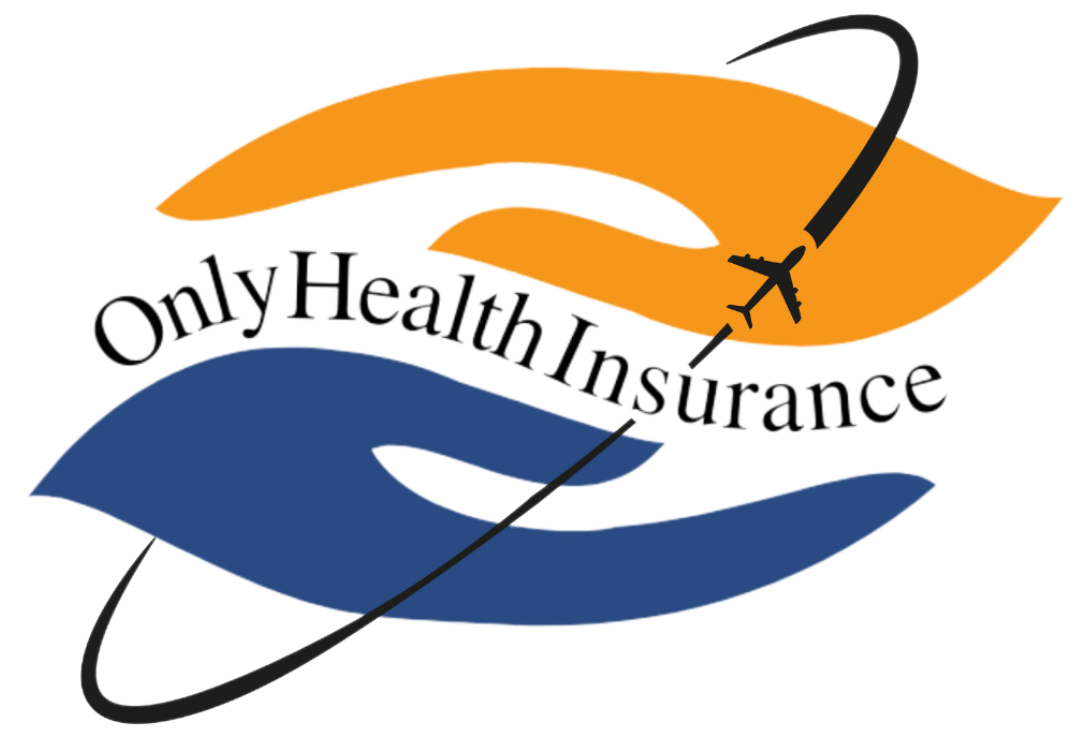In 2020, I attended a webinar about medical evacuations and heard an evacuation story from an air ambulance representative. It was about a volunteer English teacher in Afghanistan who was in critical condition with an unknown diagnosis. Within hours of the emergency call, they had a medically outfitted helicopter with a dedicated care team ready to evacuate the patient from Afghanistan to Dubai for appropriate diagnosis and treatment. The preparation and coordination needed to arrange an evacuation like this is impressive and the need for this coverage became very apparent.
I wanted to share some basics about Medical Evacuation and the insurance that covers it.
Emergency Medical Evacuation is transportation from the place of injury or illness to the nearest licensed medical facility that can provide the appropriate treatment. This transportation may also be from one local hospital to another more qualified facility if the treatment or surgery required is not available locally. It can be ground transportation across cities or as intense as an air ambulance to another country.
Note: The emergency medical evacuation will transport a patient to the nearest facility that can provide appropriate care (not necessarily back to one’s home country).
Medical Repatriation
Following the medical evacuation, the attending physician and insurance company work together to determine the next steps and discharge process once the patient is stable. Medical repatriation is the transportation of the insured back to their home country and back to an appropriate medical facility nearer to one’s residence, if needed. This transportation can be an economy ticket on a commercial flight or an air ambulance with a team to medically supervise (depending on the medical needs).
Insurance Coverage
Most Travel Medical Insurance policies include a medical evacuation benefit, medical repatriation, and assistance services. Policy representatives will work with the patients’ treating physician team to coordinate necessary transportation and ensure appropriate care enroute through their credible evacuation partners.
Without insurance, this can easily run five or even six figures. Emergency transportation can often be the most expensive part of one’s medical costs. We recommend an evacuation benefit of at least $250,000.
What I learned in that webinar opened my eyes to the need for medical evacuation coverage and the value of assistance services that travel medical insurance provides. This aligns with our mission at OnlyHealthInsurance to protect our clients from unforeseen catastrophes by offering quality insurance plans with comprehensive benefits.
Don’t hesitate to contact us if you have any questions. Email: patriciad@dhis.com



